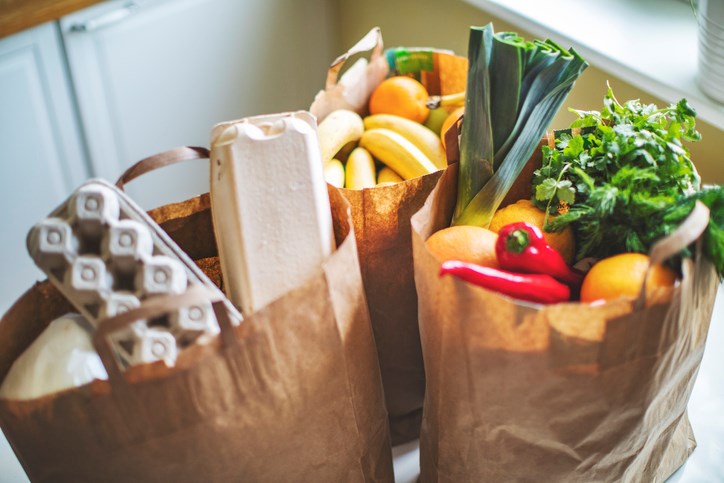SASKATCHEWAN — The Canadian Federation of Agriculture (CFA) has calculated that by Friday, Feb. 9, a Canadian household of average income will have earned enough to pay for their entire year’s grocery bill.
Each year, CFA examines the proportion of income that Canadians spend on food to explore year-over-year expenditure changes and raise consumers’ understanding of Canada’s food system, from Farm-Gate-to-Plate.
Canadians spent 11.1 per cent of their disposable income on food in 2023, which is slightly higher than the 11 per cent of disposable income spent on food in 2022. As this change is very slight, Food Freedom Day lands on the same day as the previous year, Feb. 9.
With food prices having seen multiple years of significant inflation, it's important to provide further context on the Food Freedom Day metric, as the average Canadian disposable income is not representative of every Canadian's experience or the effects that rising food prices have on them. While Canada’s food system continues to provide access to affordable food by global standards, inflation and other global events have negatively impacted food affordability and security greatly over the past few years.
Due to this, CFA continues to analyze Food Freedom Day with an eye to the differential impacts food prices have on Canadian households based on household income levels to show the percentage of disposable income that they spent on food last year. The graph below presents this information.
As can be seen in the graph above, there is a large difference between how much disposable income households in the lowest income quintile (28 per cent) and the highest income quintile (5 per cent) spent on food and beverages throughout the year. Adding onto this, rising prices are affecting the lowest quintile disproportionately, with the lowest income quintile’s disposable income spending on food and non-alcoholic beverages rising quickly (23.1 per cent in 2022 to 28 per cent in 2023) while the disposable income spending as a percentage has lowered for the highest quintile (5.2 per cent in 2022 to 5 per cent in 2023).
As can be seen, lower-income Canadian households are facing a heavier burden when it comes to rising food costs, while increases in disposable income for the highest quintile may be outpacing food inflation.
CFA notes that while Canadians have seen food prices increase steadily throughout 2023 on the grocery shelves, farmers receive a small percentage of the price that consumers pay for food, and rising retail prices are not normally reflective of what is paid at the farm gate. As an example, a recent report from the Agricultural Producer of Saskatchewan showed that if the sole driving factor behind the escalating prices of bread were the increasing costs associated with wheat, the inflation rate for 2022 would have registered at 2 per cent. However, the actual observed inflation for 2022 amounted to a considerably higher 18 per cent.
Farmers have seen their costs of production increase tremendously over the past several years, with many of their largest expenses, such as fertilizer and diesel, rising nearly 100 per cent in that period.
“With food costs continuing to rise, we know that many Canadians are struggling with food security and affordability,” said Keith Currie CFA president.
“The Food Freedom Day metric shows that while Canada’s food system is a world leader in providing access to affordable food, there is a large difference in impact for Canadians of different income levels, with the lowest facing a huge, increasing burden when it comes to food costs.”
“Food inflation is a complex issue, and studies have shown that it comes from far more than fluctuating commodity prices. At CFA, we are working with industry and government on a variety of initiatives to try to both understand and combat food inflation, in order to reverse this alarming trend.”




